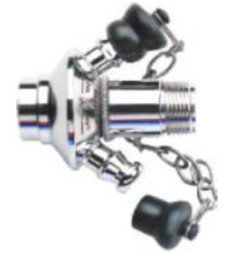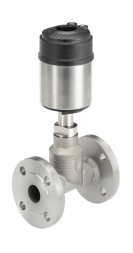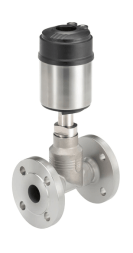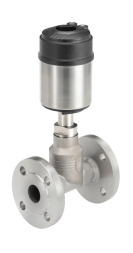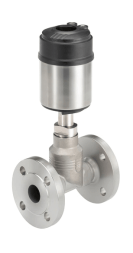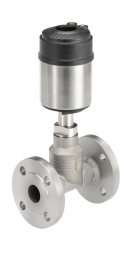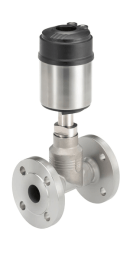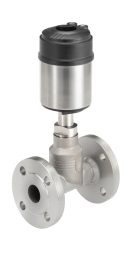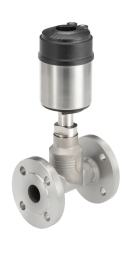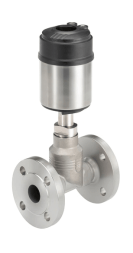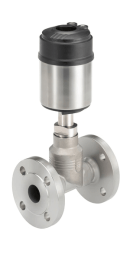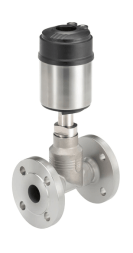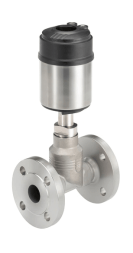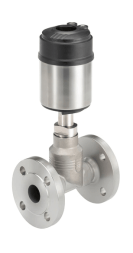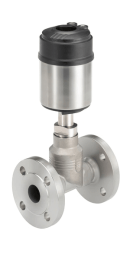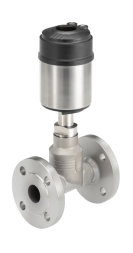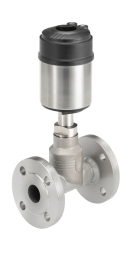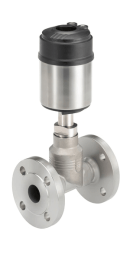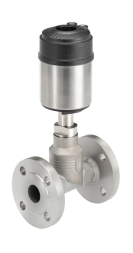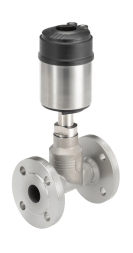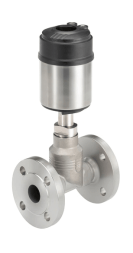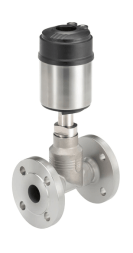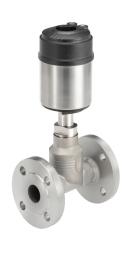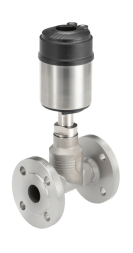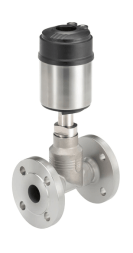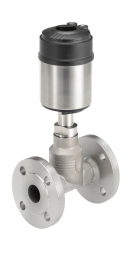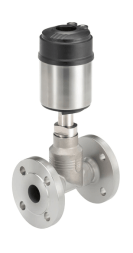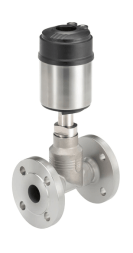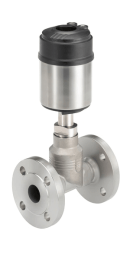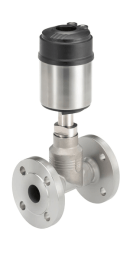Control valves
The control valve is the most common type of valve for changing the pressure of the medium circulating through the pipeline. Such structures are used in industrial and domestic water supply systems, gas supply and highways for the transportation of oil and gas.
There is also a shut-off control valve, which allows not only to change the flow rate, but also to completely block the circulation of the medium. In such fittings, a plunger is used as a locking mechanism, the profile part of which, when moved, changes the cross-section of the passage hole, and when in full contact with the seat, due to sealing surfaces, ensures tightness of the cut-off.
The control valve can be made of stainless steel, cast iron, high-alloy alloys or brass. The choice of materials directly depends on the type of working medium with which the valve will be in contact.
Control valves are designed to change the flow rate of the working medium passing through a certain section of the system or pipeline in order to control the technological process (pressure, temperature, concentration, level) occurring in an installation or system of two functionally related parts:
- a regulating body is a valve or flap that directly affects the flow of the passing working medium by changing their throughput;
- an executive (managing) mechanism designed to create a controlling influence on the regulatory body. Electric, pneumatic or hydraulic actuators can be used as actuators.
Control valves
Control valves are used to change and maintain by throttling (changing the flow section of the valve) such environmental parameters as flow, temperature or pressure.
Unlike pressure regulators (direct acting), control valves ensure the maintenance of the above parameters based on calculated data, or receiving information about changes in system parameters resulting from the operation of the valves themselves (feedback function, positioners). In modern enterprises, drive control valves can be integrated into a single automation system that allows you to control and adjust the parameters of technological processes remotely (dispatch systems).
The control valve is one of the constructive types of regulating pipe fittings. This is the most commonly used type of control valve for both continuous (analog) and discrete flow and pressure control. The control valves perform this task by changing the flow rate of the medium through its flow section. The material of manufacture of control valves depends directly on the type of working medium with which the valve will have contact.
Depending on the purpose and operating conditions, various types of control valves are used, most often using special drives and control using industrial microcontrollers on command from sensors that record the parameters of the medium in the pipeline. Electric, pneumatic, hydraulic and electromagnetic actuators are used for control valves. In modern industry, it is already rare, but still found, the main way to control regulators in the past was manual control.
Shut-off and control valves are also used, with the help of these devices, both regulation according to a given characteristic and sealing of the gate according to tightness standards for shut-off valves are carried out, which is provided by a special design of the plunger having a profile part for regulation, as well as a sealing surface for tight contact with the seat in the "closed" position.
All known methods are used to connect control valves to pipelines (flange, coupling, fitting, cap, welding), but welding to the pipeline is used only for valves made of steel.
Types of control valves with electric drive
Most of the control valves are very similar in design to shut-off valves, but there are also their own specific types.
According to the flow direction of the working medium, the control valves are divided into:
- through valves — such valves are installed on straight sections of the pipeline, in which the flow direction of the working medium does not change;
- angular - change the flow direction by 90°;
- three—way (mixing) - have three nozzles for connection to the pipeline (two inlet and one outlet) for mixing two media streams with different parameters into one. In plumbing, such a device is called a mixer.
Valves of this type use built-in or out-of-the-way diaphragm pneumatic or hydraulic actuators.
In the case of an integrated drive, the flow rate of the working medium is directly changed by blocking the passage in the seat with a flexible membrane made of rubber, fluoroplast or polyethylene, which is affected by the pressure of the control medium. If the actuator is removed, the reshuffling force is transmitted through the diaphragm to the valve stem support, and through it to the control body; when the pressure of the control medium is relieved, the spring returns the diaphragm to its initial position.
In order for the forces from the medium and the friction force in the guides and seal not to lead to a decrease in the accuracy of the valve, additional positioner devices are often used in such fittings to control the position of the stem. Diaphragm valves can be either single-seat or double-seat.

